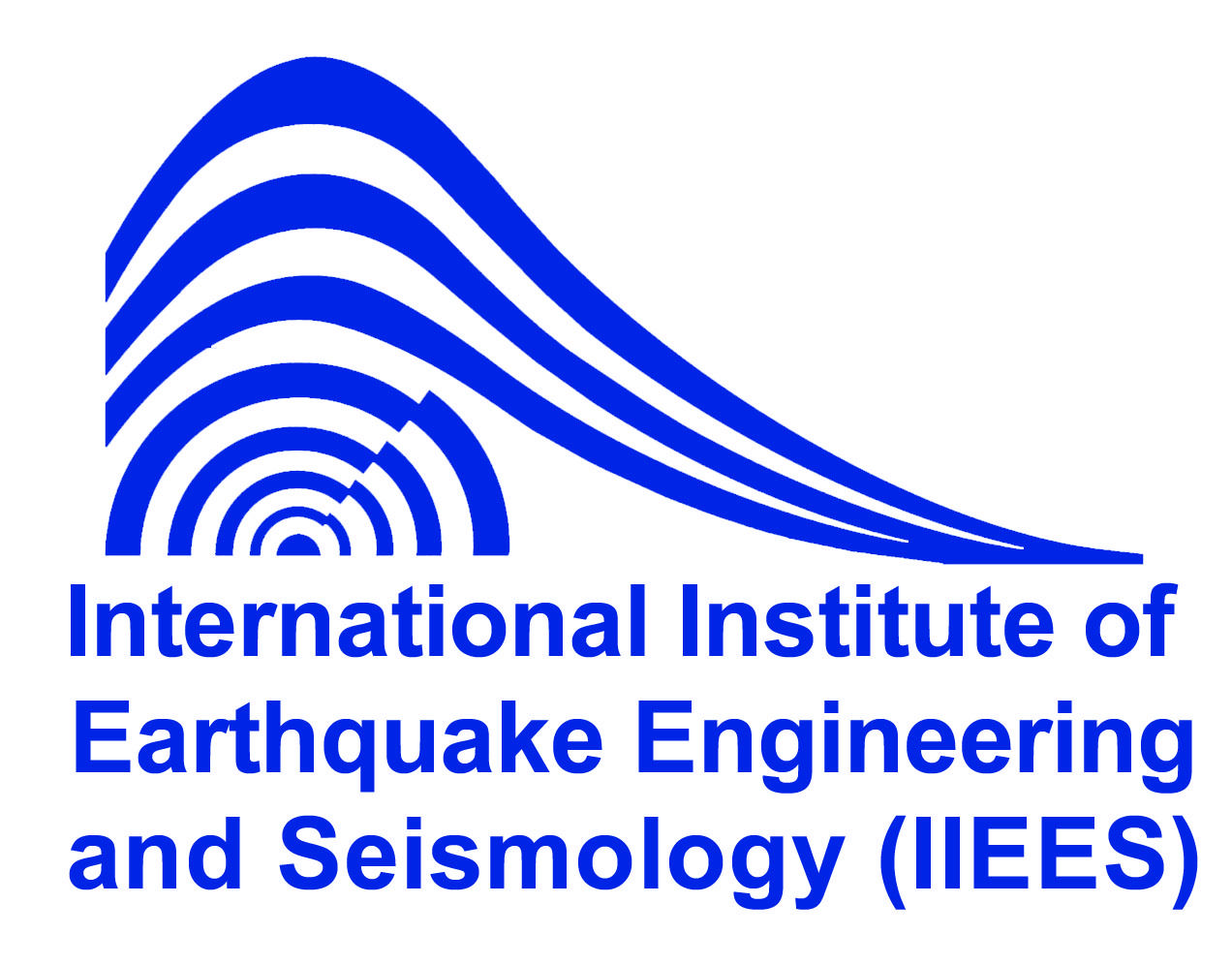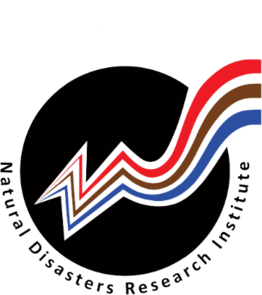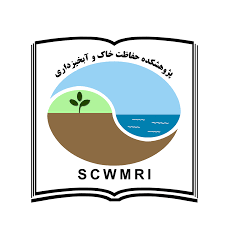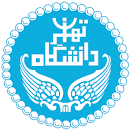Iran (Islamic Republic of)
 |
International Institute of Earthquake Engineering and Seismology (IIEES)Tehran |
| Outline Iran, being located between two Arabian and Euro-Asian tectonic plates, has experienced several destructive earthquakes, leaving heavy causalities and serious deterioration in different periods of its history. Over 130 severe earthquakes happened in the 20th century in this country, leaving socio-economic losses and long-lasting effects, indicate the seismicity and vulnerability of this country. Unfortunately, during some of these disastrous natural events even the invaluable evidences of ancient Persian culture have been flattened to the ground. All the aforementioned facts confirm the crucial necessity of being concerned about seeking a remedy in order to prevent and diminish these effects. Regarding high seismicity, vulnerability and high seismic risk of this region, International Institute of Seismology and Earthquake Engineering (IIEES) was established in November 1989 following the suggestion of 24th UNESCO General Conference and approval of Iranian government "Council of Higher Education Development" based on the investment of Iranian experts in the earthquake engineering. IIEES is composed of different research departments, including Seismology, Geotechnical Engineering, Structural Engineering, Risk Management, Graduate Studies, Information Technology, and International Relations. [detail] --> |
|
 |
Natural Disasters Research Institute (NDRI)Tehran |
|
In the aftermath of the disastrous Gilan and Zanjan earthquake in 1990, the Technical Capacity Mobilization Office of Iran was established for the reconstruction of the affected areas in cooperation with the United Nations Development Programme (UNDP) and the United Nations Human Settlements Programme (UN-Habitat) under the supervision of the Housing Foundation of Islamic Revolution. By ending the World Bank's loan and approving a new statute in 1993, the Centre for Natural Disasters Mitigation Studies of Iran was established and continued its activities until 1998. In 1998, the Centre was renamed to Natural Disasters Research and Study Centre. As a response to a national need in conducting research on natural disasters, the Centre's statute was revised in 2003. Following the permit issued by the Ministry of Science, Research and Technology and approved by the Higher Education Development Council, the Centre was transformed to the Natural Disasters Research Institute to address these goals: |
|
 |
Soil Conservation and Watershed Management Research Institute (SCWMRI)Tehran |
|
The Ministry of Jahad-Agriculture, deputy of Research and Education, Soil Conservation and Watershed Management Research Institute (SCWMRI) with the main mandate of research on integrated watershed management is founded in 1993. The main field of activity is to conduct research in soil erosion and sediment yield, soil conservation, watershed management, flood management and exploitation, river engineering, coastal protection, hydrology and water resources development, aquifer management, climate change and agricultural drought impacts management. The SCWMRI proudly recognized as the focal institute in watershed management in Iran, enjoys having cooperation of 160 academic and scientific staff, researchers, professional engineers and qualified technicians carrying out applied researches in the above-mentioned fields. There are 26 provincial divisions and 37 research stations conducting pilot projects across the country. Research Objectives
[detail] --> |
|
 |
College of Agriculture and Natural Resources-Environmental changes Institute
|
|
Being the best in Iran, the University of Tehran has been ranked as one of the top universities in Asia.The foundation of the College of Agriculture & Natural Resources (UTCAN), goes back to the year 1900, when it was first established as "School of Agriculture". 120 years of education, research and policy-making, has turned UTCAN into a pioneering and leading focal point in Iran and also in Asia. UTCAN is honored to have former Minister of Agriculture, Minister of Economy, Acting-Minister of Science, Parliament member, President of the University of Tehran and other great leaders among its faculty members. UTCAN, with more than 240 eminent faculty members. 4500 Students are currently studying in 148 majors and specializations in 17 departments. Many regions of the world are increasingly facing challenges when it comes to management of resources and environmental changes and finding solutions for those related problems. The nature of these challenges differs from one location to another. Environmental changes which result in floods and droughts as well as long term impacts of climate change on different elements of environment can cause significant economic losses to various regions and nations and also increase the risk of disasters. We plan to establish a specific institute on disaster risk management and environmental changes in 2019, but by then all activities are at UTCAN level.
To produce technical publications and other media items related to the activities [detail] --> |
|






